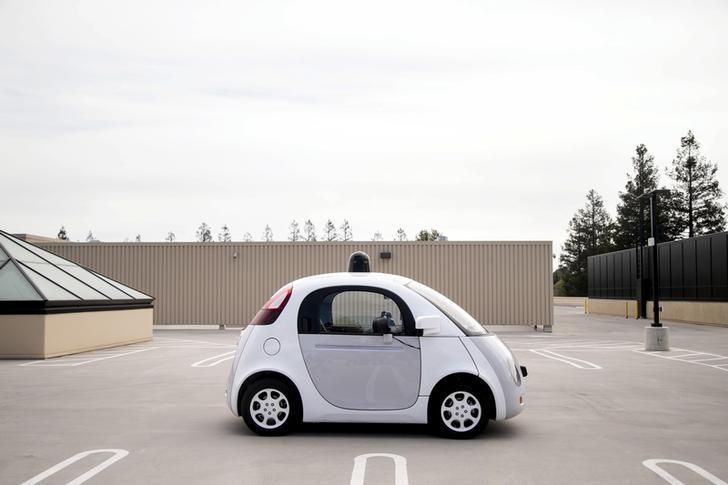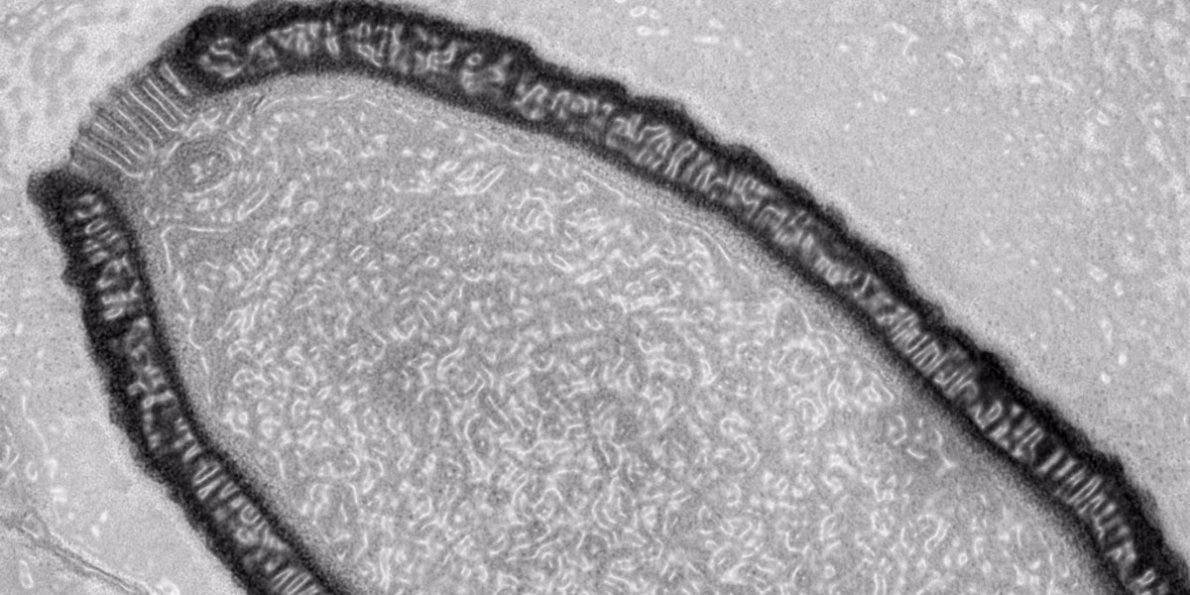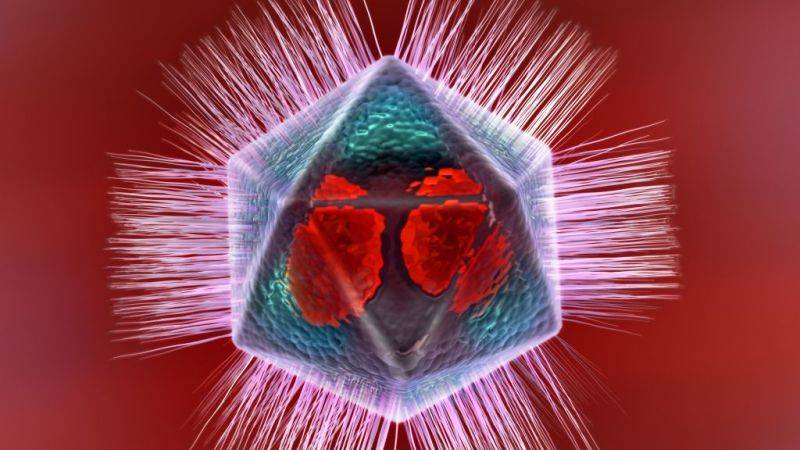Page 11392
Mar 1, 2016
Peter Wittek, a roving adventurer between machine intelligence and quantum physics
Posted by Karen Hurst in categories: quantum physics, robotics/AI, supercomputing
I must admit, when people see that you work with Quantum Computing and/ or networking; they have no idea how to classify you because you’re working on Nextgen “disruptive” technology that most of mainstream has not been exposed to.
Peter Wittek and I met more than a decade ago while he was an exchange student in Singapore. I consider him one of the most interesting people I’ve met and an inspiration to us all.
Currently, he is a research scientist working on quantum machine learning, an emergent field halfway between data science and quantum information processing. Peter also has a long history in machine learning on supercomputers and large-scale simulations of quantum systems. As a former digital nomad, Peter has been to over a hundred countries, he is currently based in Barcelona where, outside work hours, he focuses on dancing salsa, running long distances, and advising startups.
Mar 1, 2016
Could protein-powered ‘biocomputers’ be the future of IT?
Posted by Karen Hurst in categories: computing, materials, singularity

This does make it easier for the whole concept of Singularity to exist.
Scientists prove we are tantalisingly close to creating the next generation of computer components made of organic living materials, as we move beyond Moore’s Law and into exotic new devices.
Continue reading “Could protein-powered ‘biocomputers’ be the future of IT?” »
Mar 1, 2016
China to conduct more than 20 satellite launches in 2016
Posted by Karen Hurst in category: satellites
(File photo)
The year 2016 is a big year for China’s aerospace industry, as several rockets will be sent into space, including Tiangong-2, an orbiting space lab and Shenzhou-11, a manned spacecraft with two people on board.
Two new types of rockets will be launched in 2016. Long March-7, scheduled to be launched in June, will put the country’s first cargo ship, Tianzhou-1, into space in the first half of 2017 to dock with Tiangong-2 and conduct experiments.
Feb 29, 2016
New Drone System Will Warn Aussie Swimmers of Great White Sharks
Posted by Shailesh Prasad in categories: energy, habitats
Australia’s coast, being both great surf territory as well as a primo shark habitat, is getting a technological upgrade to keep the swimmer-fish twain from meeting: A shark-spotting drone nicknamed the “Little Ripper.”
A joint venture between Aussie philanthropist Ken Weldon and Aussie bank Westpac, the $250,000 battery-powered unmanned helicopter will be deployed in the skies above New South Wales. On Sunday, New South Wales Premier Mike Baird heralded the drone as the future of oceanic search and rescue.
Continue reading “New Drone System Will Warn Aussie Swimmers of Great White Sharks” »
Feb 29, 2016
How to make your own Bluetooth-controlled underlit miniskirt
Posted by Shailesh Prasad in categories: internet, transportation, wearables
The Internet full of incredible DIY projects that make you wish you had the years of experience required to build your own Batmobile, flaming Mad Max guitar, or hoverboard. Thankfully with the underlit miniskirt, we’ve come across a DIY item that looks awesome and is still easy to make.
This wearable was inspired by the Hikaru skirt, a programmable LED miniskirt that took certain corners of the Japanese Internet by storm earlier this year.
Feb 29, 2016
This AI tells you where to invest your money
Posted by Shailesh Prasad in categories: economics, internet, robotics/AI
The Hong Kong startup can analyze websites and social media to take the Internet’s temperature.
Feb 29, 2016
These bizarre organisms could represent a new branch on the tree of life
Posted by Karen Hurst in categories: biotech/medical, materials
The strangest life forms on Earth just got a lot stranger.
In 2003, Didier Raoult of Aix-Marseille University in France and his colleagues discovered a new kind of virus lurking inside single-celled protozoans.
Like other viruses, it couldn’t grow on its own, lacking the biochemical machinery to build proteins and genes. Instead, it had to infect host cells and use their material to produce new viruses.
Continue reading “These bizarre organisms could represent a new branch on the tree of life” »
Feb 29, 2016
Human Babies from CRISPR Pigs
Posted by Karen Hurst in categories: bioengineering, biotech/medical, genetics, health
New genetic technologies like CRISPR/Cas9 gene editing and synthetic biology are leading us to entirely new definitions of disease. Now “patients” include people who want children who lack some of their own genes, or have additional ones that they themselves lack. Also among the new patients are people who in the past were too old to have children as well some women who get sick from pregnancy and childbirth, or even the idea of them. Technological advances on the horizon may eventually offer treatment for such conditions.
In February 2015 the British Parliament approved production of “three-parent” children by transferring the nucleus of one woman’s egg into the nucleus-less (“enucleated”) egg of a second woman to avoid the propagation of certain rare “mitochondrial” diseases, Though there were acknowledged risks of the unprecedented procedure (including the possibility of producing novel birth defects), the argument that prevailed was that some mitochondrial diseases are so devastating that it should be tried in the narrowly defined group of prospective mothers carrying defective mitochondria.
Not long afterward, news articles began to appear discussing use of the technique for an entirely different purpose. The procedure’s inventor, the Oregon Health & Science University biologist Dr. Shoukhrat Mitalipov, was now proposing to treat infertility in older women by transferring their egg nuclei into the enucleated eggs of younger women.
Feb 29, 2016
Giant Viruses Feature Their Own Built-In Antivirus Software
Posted by Karen Hurst in categories: biotech/medical, computing, particle physics
Computer illustration of the mimivirus particle. Credit Jose Antonio Penas. Mimiviruses are viruses so big they can actually be seen with the naked eye. European.

















